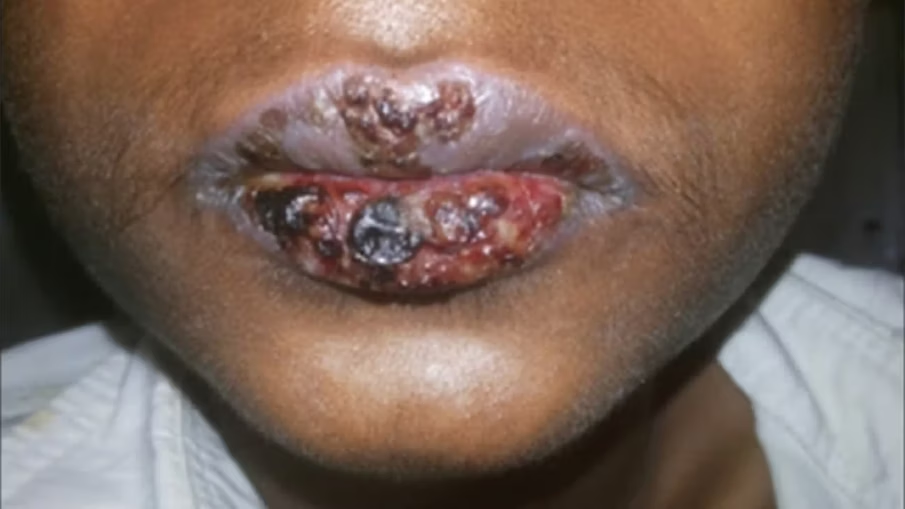Paraneoplastic pemphigus (PNP) is a rare, potentially life-threatening autoimmune blistering disease that occurs in association with an underlying neoplasm (usually a malignancy or tumor, often of the lymphoid system). It is also known as paraneoplastic autoimmune multiorgan syndrome (PAMS) due to its widespread systemic effects.
Causes
Pathophysiology
Tumors express or induce the production of autoantibodies against proteins critical for cell-cell adhesion (e.g., envoplakin, periplakin, desmogleins)
Autoantibodies against components of hemidesmosomes (which anchor the epidermis to the dermis), such as bullous pemphigoid (BP) autoantigens
BP230 and BP180 and plectin, may also be seen in PNP
Humoral immunity, through IgG1 autoantibodies against desmosome and hemidesmosome components, can cause acantholysis, resulting in intraepidermal blistering and bronchiolitis obliterans
Cell-mediated immunity, through interferon-γ (IFN-γ) and cytotoxic molecules like granzyme and perforin, can also contribute to bronchiolitis obliterans, as well as lichenoid dermatitis. All information are gotten from DermNet.
Finally, Treating the underlying malignancy may control autoantibody production, and intravenous gammaglobulin (IVIG) at the time of surgery may help prevent the development of bronchiolitis obliterans. However, once this develops, it is typically not reversible.




Leave a Reply